
Get news, updates, & event Info delivered right to your inbox:
Biodiversity Loss Is A Leading Global Issue: Here Are 12 Ways You Can Help Prevent It
Biodiversity refers to the variety of life on Earth at all levels, from genes to ecosystems, and all the processes that sustain life. Protecting biodiversity is critical to the survival of our planet and all living creatures on it — including ourselves. In fact, no matter where you live, we can guarantee you depend on biodiversity to survive. From the oxygen we breathe to the food we eat, the intricate processes and patterns of the natural world underpin all of life.
According to The Smithsonian Institute, "recent studies estimate about eight million species on Earth, of which at least 15,000 are threatened with extinction." By studying the fossil record, scientists estimate that Earth's baseline extinction is about one species lost each year for every million species that exist. Unfortunately, the extinction rate we see today is hundreds—possibly thousands—of times higher than that. And unlike other mass extinction events in geological history, this one is primarily driven by human activities.
The 5 main biodiversity threats include:
- Habitat loss
- Invasive species
- Overexploitation
- Pollution
- Climate change
Today, we’re going to focus on how you, as individual, can help prevent the loss of biodiversity — both in your own neighborhood and on the other side of the planet. Together, we can help protect and preserve biodiversity.
Here Are 12 Ways You Can Help Prevent Biodiversity Loss
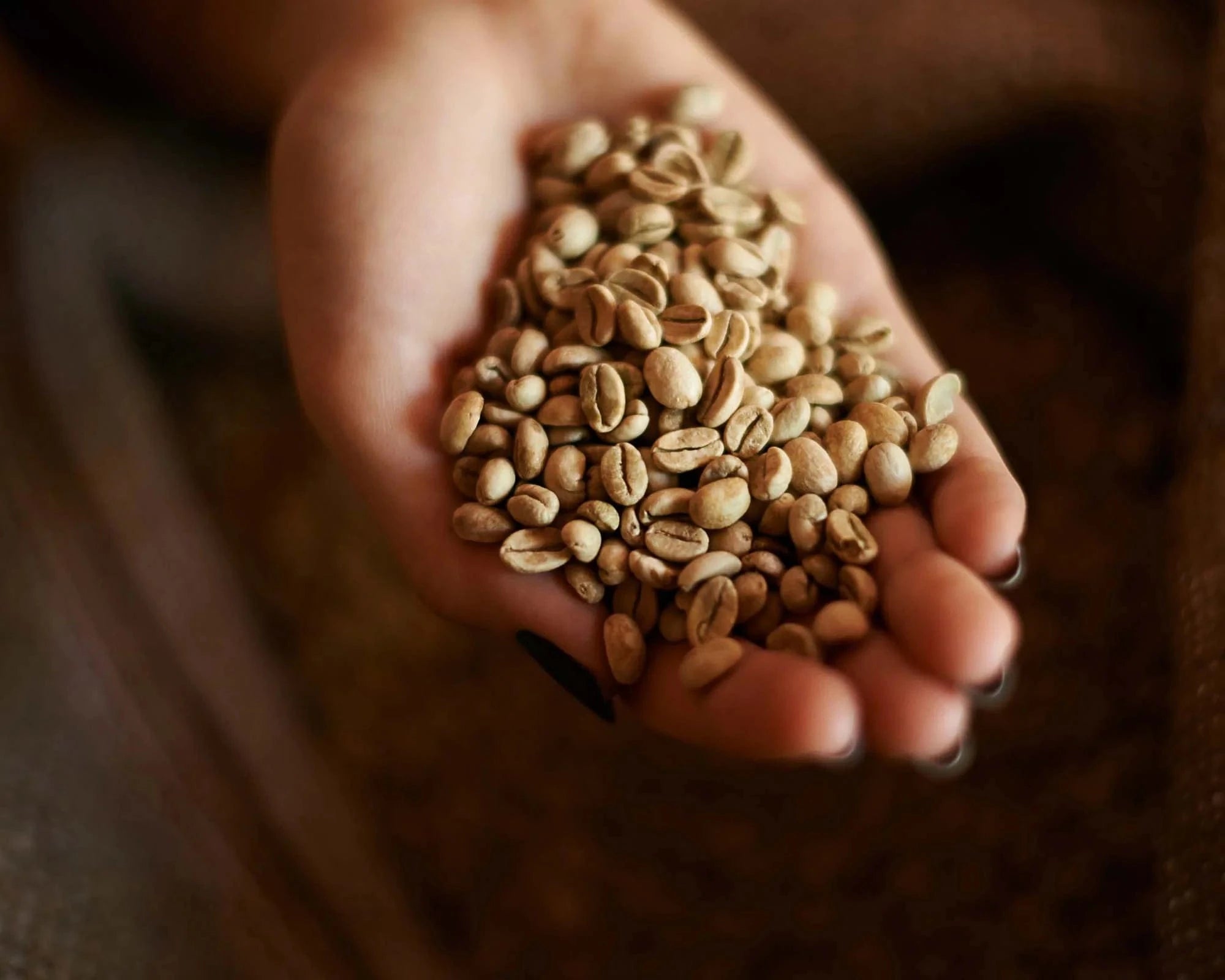
1. Buy Sustainable And Fairtrade Products
Purchasing sustainable and Fairtrade products is a simple yet impactful change anyone can make. Love your morning coffee? Look for Fairtrade, Rainforest Alliance, or other sustainable certifications on the label. This small shift can help coffee farming families earn a decent income while ensuring your cup of joe is grown using sustainable agroforestry methods.
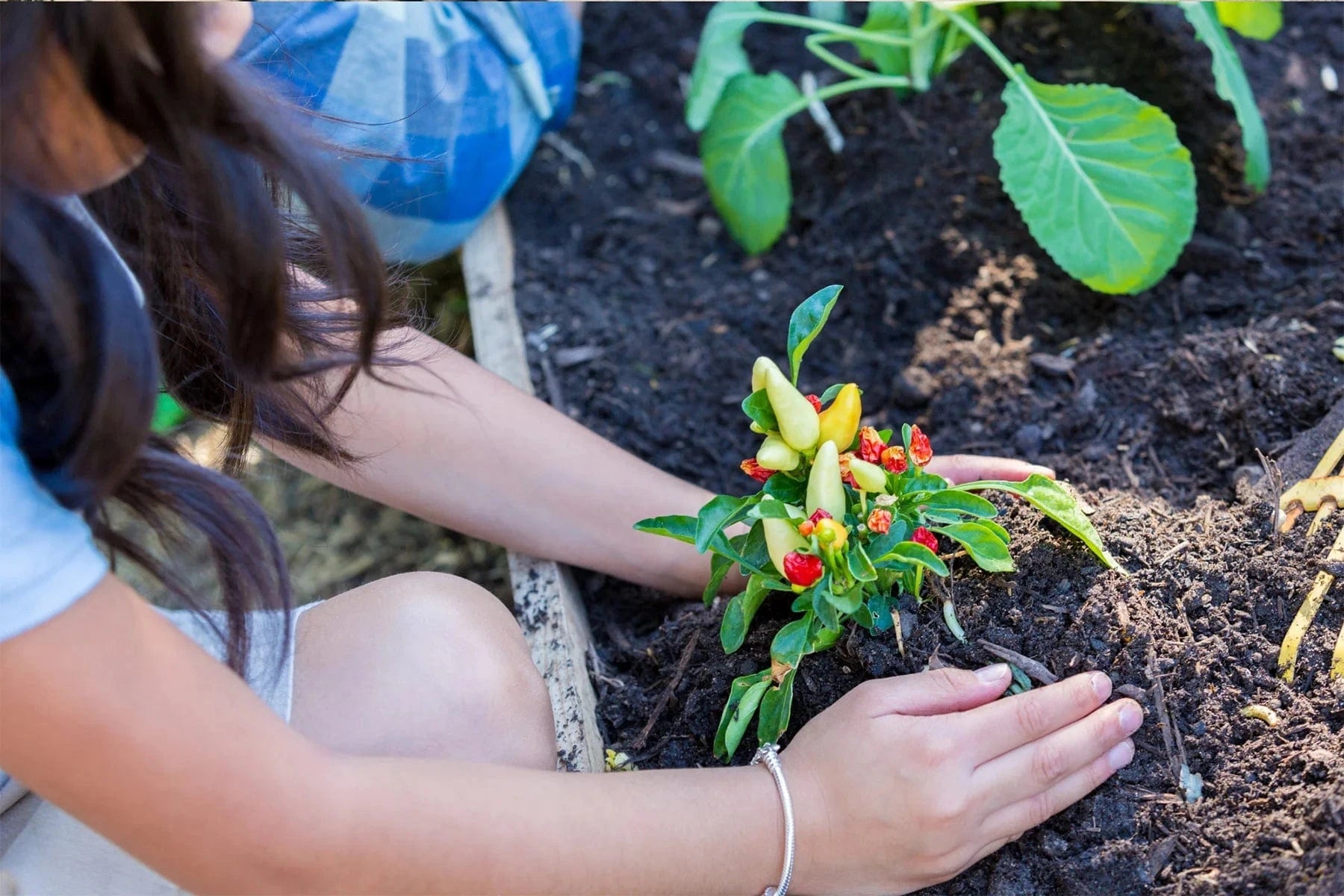
2. Ditch The Lawn And Garden Chemicals
Over 60 years after Rachel Carson's Silent Spring made Americans aware of the dangers of chemical pesticides, many harmful fertilizers, insecticides, pesticides and herbicides continue to be sold. The chemicals in these products contaminate our soil and water — and are harmful to insects, birds, fish, pets and even children. Instead of using chemical-based products, opt for natural formulas and deterrents that won’t contribute to local biodiversity loss.
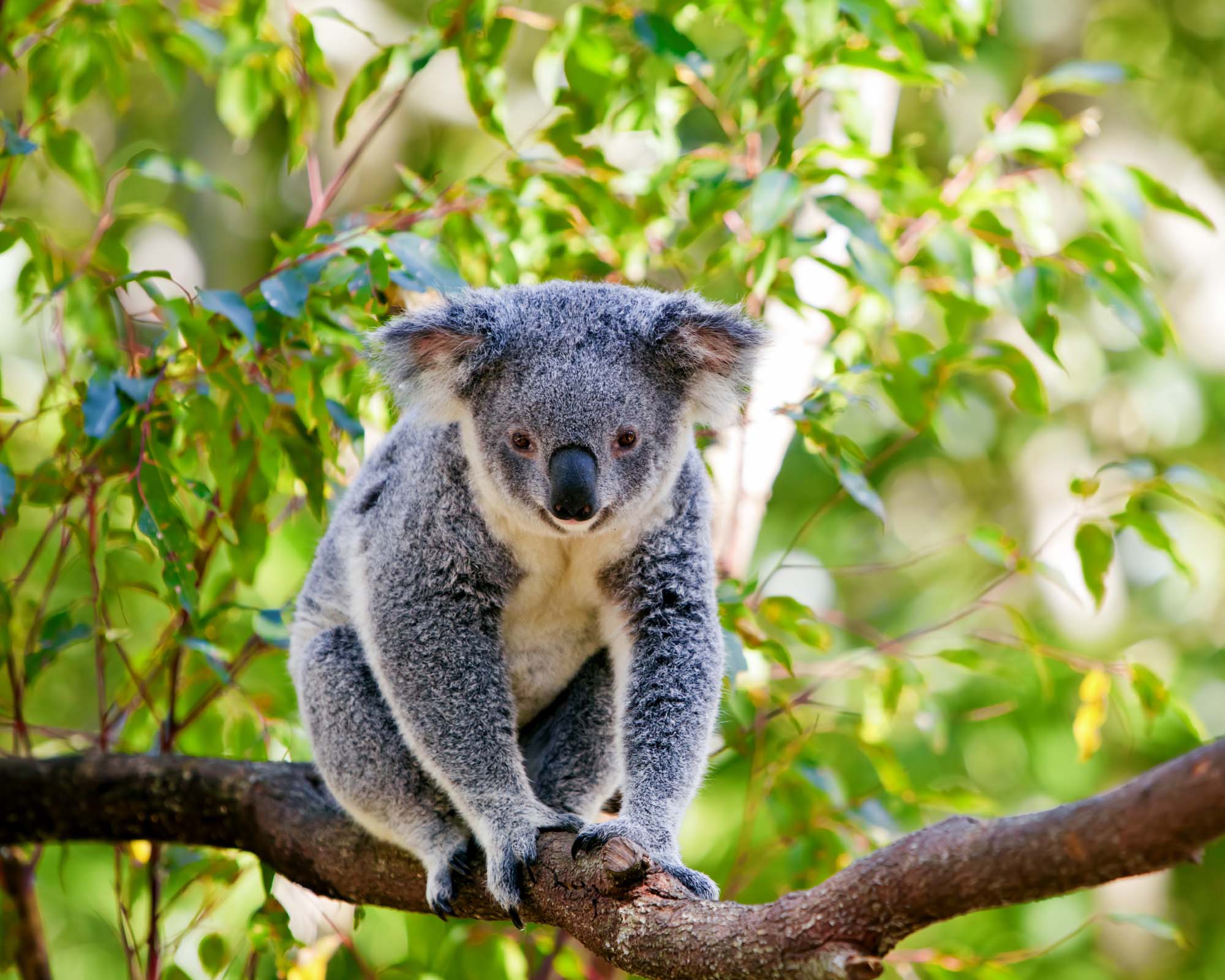
3. Plant Trees for Biodiversity
Forest ecosystems encompass richly layered habitat types and provide shelter to a breathtaking 80% of all land-based species — including 80% of amphibian species, 75% of bird species, and 68% of mammal species. Planting trees restores critical habitat for biodiversity while at the same time strengthening life supportive ecosystem services that we all rely on.
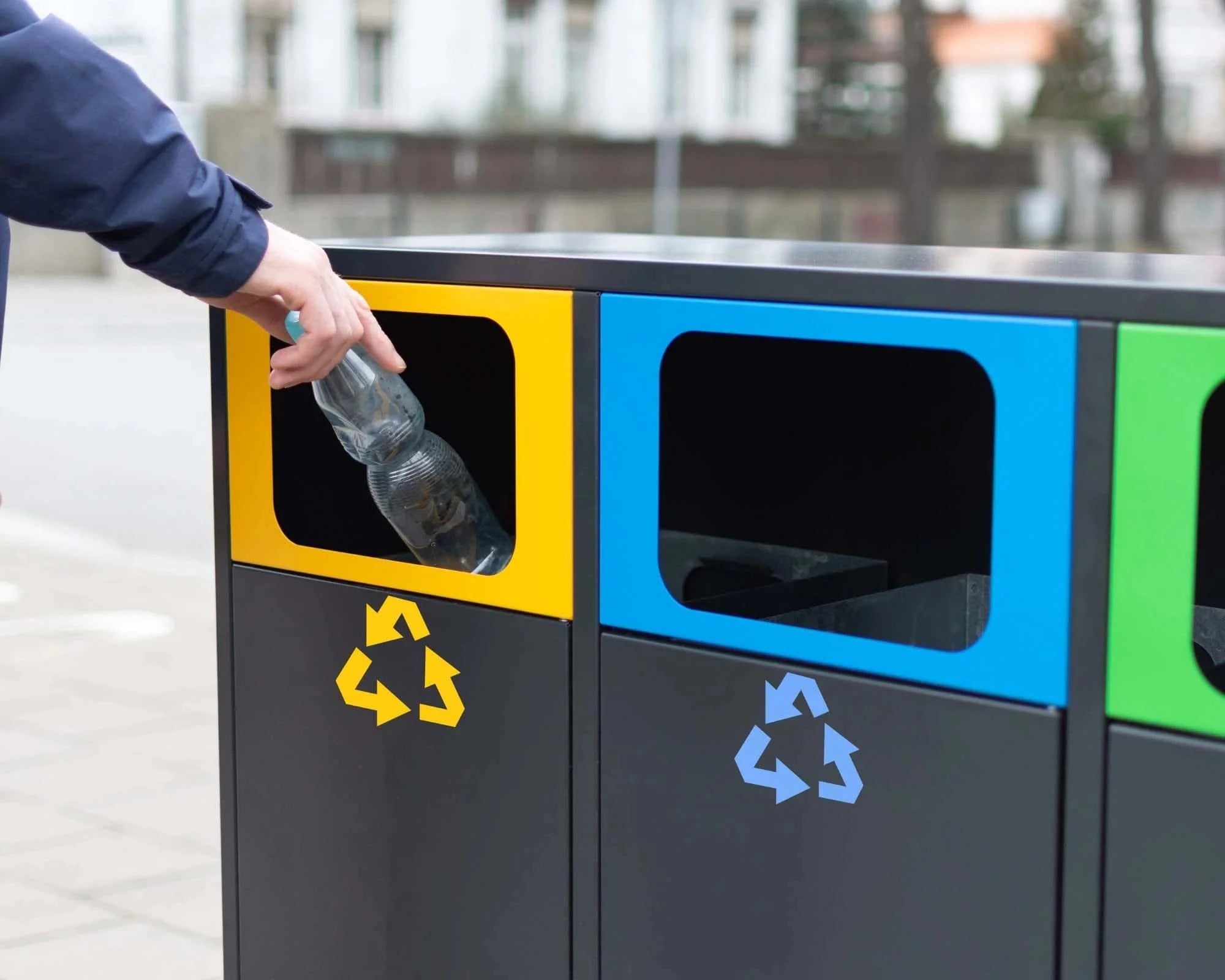
4. Protect Local Habitats
Litter and pollution can be detrimental to ecosystems and the wildlife that depends on them. Whether you participate in a beach clean up or simply are committed to removing trash on your daily walks, reducing the amount of litter and waste in the environment is a simple way to support local biodiversity.
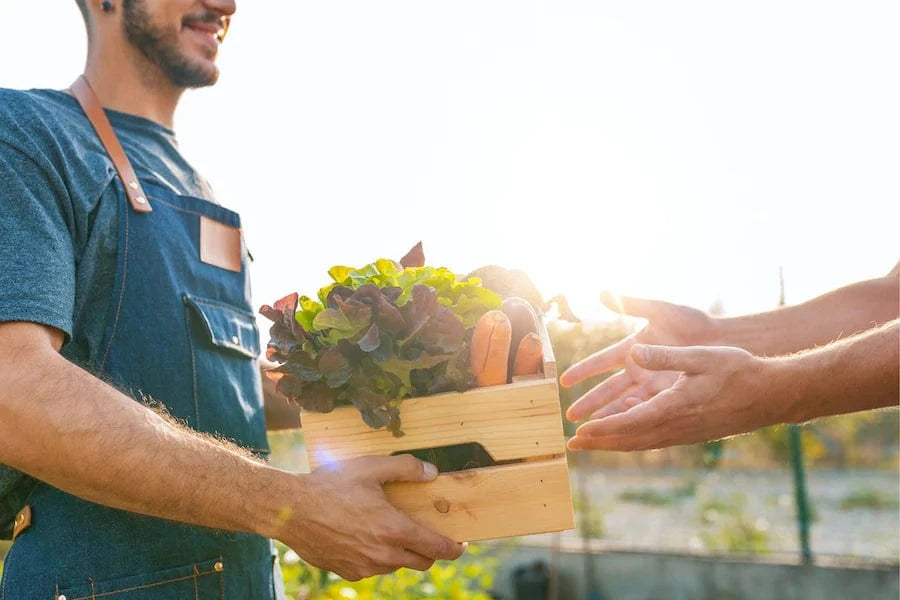
5. Eat local and organic whenever possible
Make an effort to shop at farmers markets and purchase seasonal and organic produce. This reduces your contribution to the global demand for industrial agriculture, which is the main driver of deforestation. You can also try eating a more sustainable diet: swapping meat and dairy products for plant-based protein and fats is a great way reduce your environmental impact.
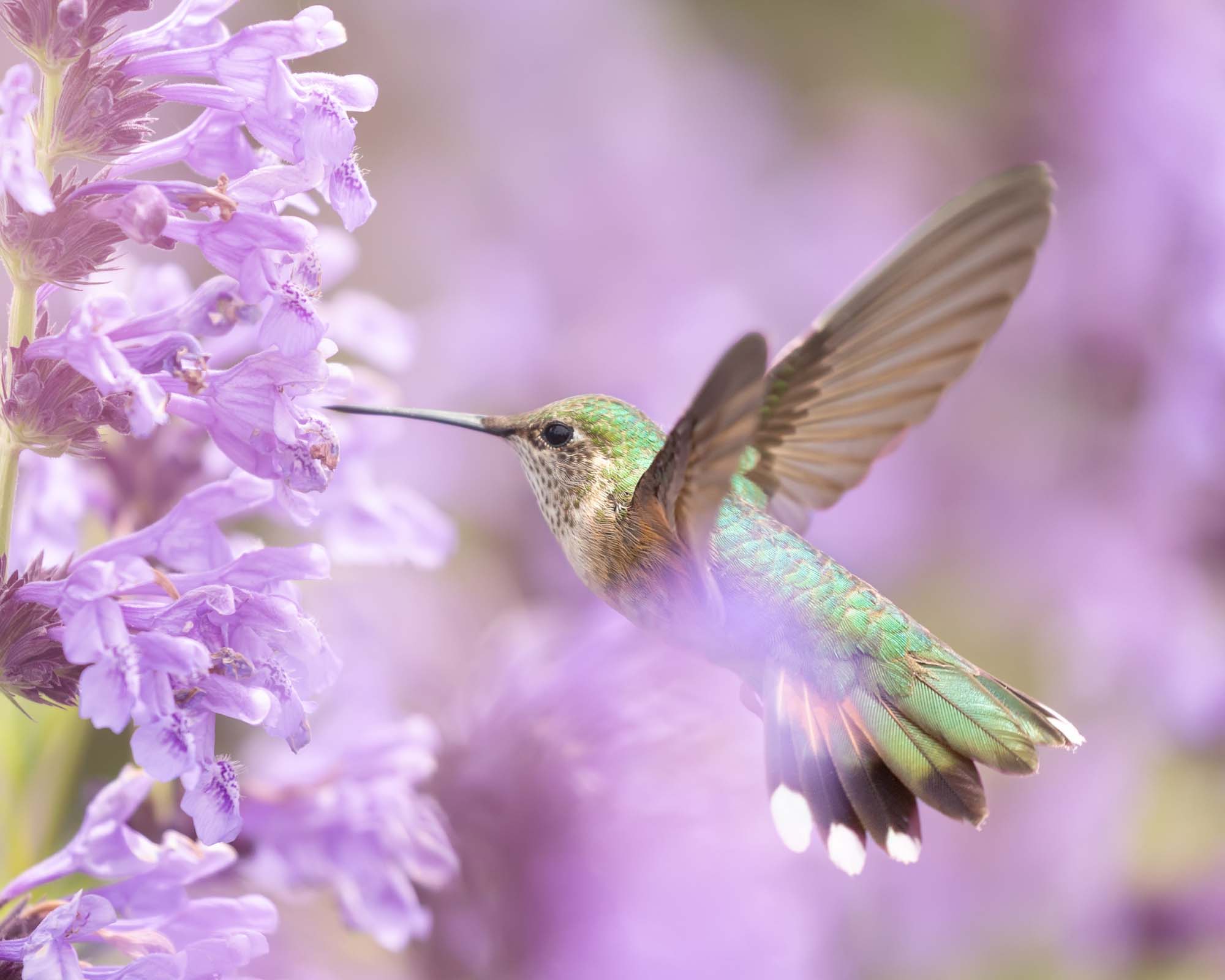
6. Create A Biodiversity Patch In Your Yard
While perfectly trimmed yards may look nice, they're unnatural habitats for the critters in your neighborhood. Section off a portion of your yard and plant native shrubs, flowers or trees to help meet the food, clean water and shelter needs of local wildlife. Butterflies, bees, and hummingbirds are among the charismatic new guests you might attract!

7. Educate Youth On Biodiversity
It’s important to educate youth on the importance of the world's rich biodiversity and why we need to protect it. Next time you have an opportunity to talk with your kids, nieces, nephews or neighbors about biodiversity, be sure to watch this video together! And if you're a teacher or homeschooler, check out our free environmental education curriculum!
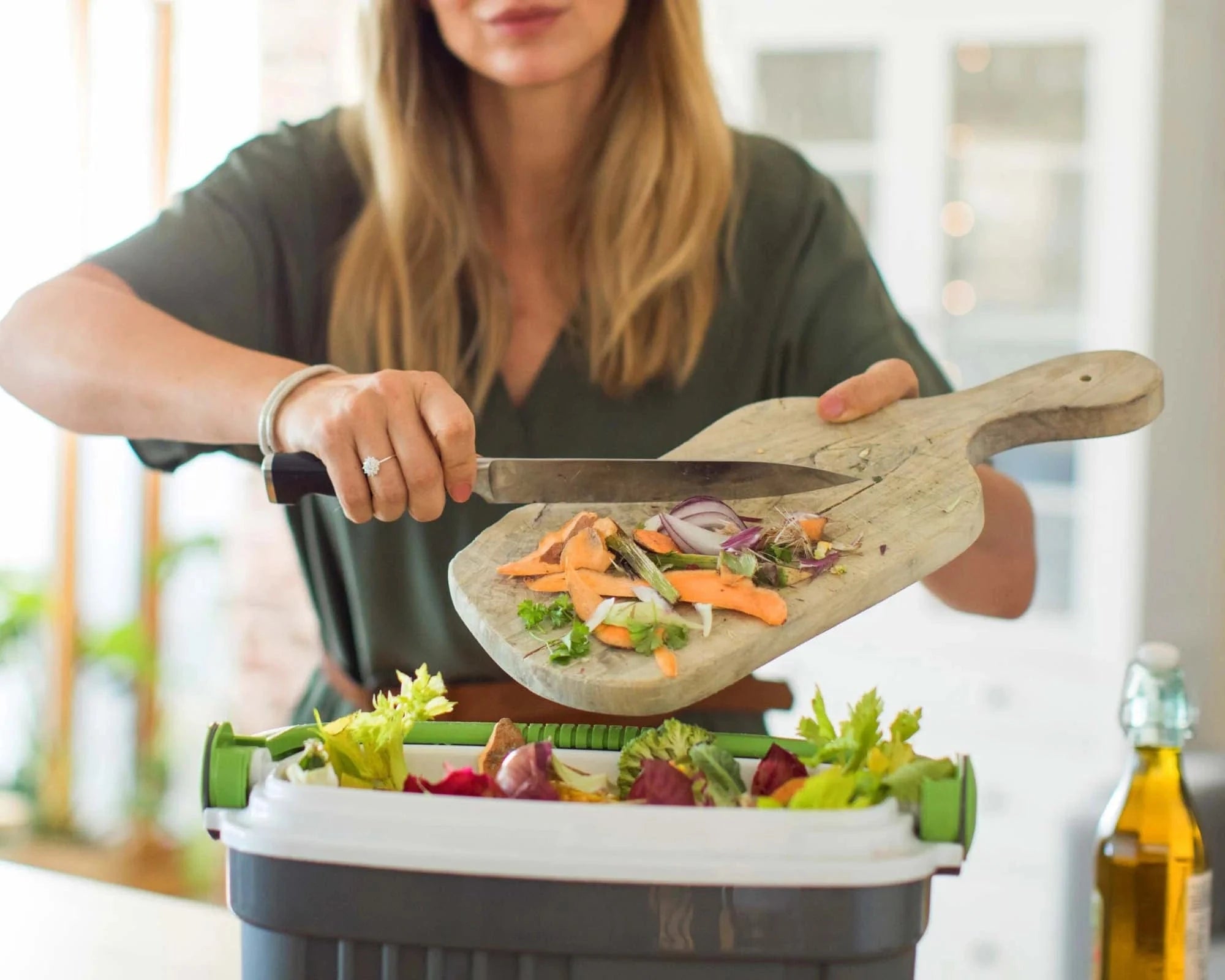
8. Start Composting Kitchen Scraps
Reduce your waste and swap chemical fertilizer for a natural fertilizer by using compost instead! Everything from fruit and vegetable scraps to egg shells, tea bags and coffee grounds can be broken down into organic matter. Adding compost to your garden will help improve soil stability and increase nutrients while allowing important microorganisms and worms to thrive.
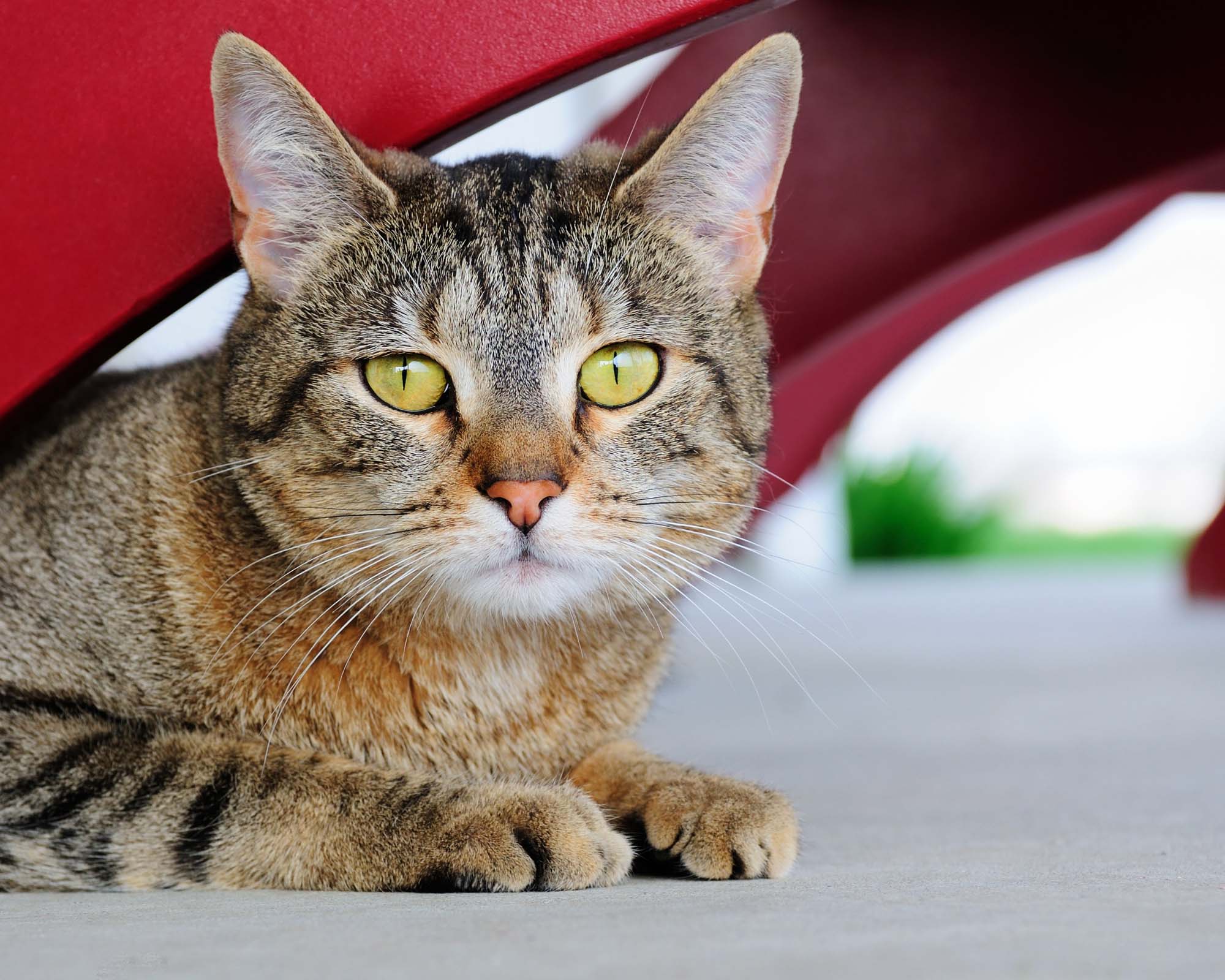
9. Monitor Your Pets When They're Outside
Keep local wildlife safe by monitoring your dog or cat when they're outdoors—and consider attaching a bell to their collar. Cats and many breeds of dogs will hunt birds, frogs, squirrels and other wildlife. In fact, when researchers from the Smithsonian institute and the USFWS combined data, they found that in the United States alone, cats kill between 1.3-4 billion birds every year, as well as between 6.3-22.3 billion small mammals. While many of these kills are attributed to feral cats, responsible pet ownership is critical to reduce this staggering loss of biodiversity.
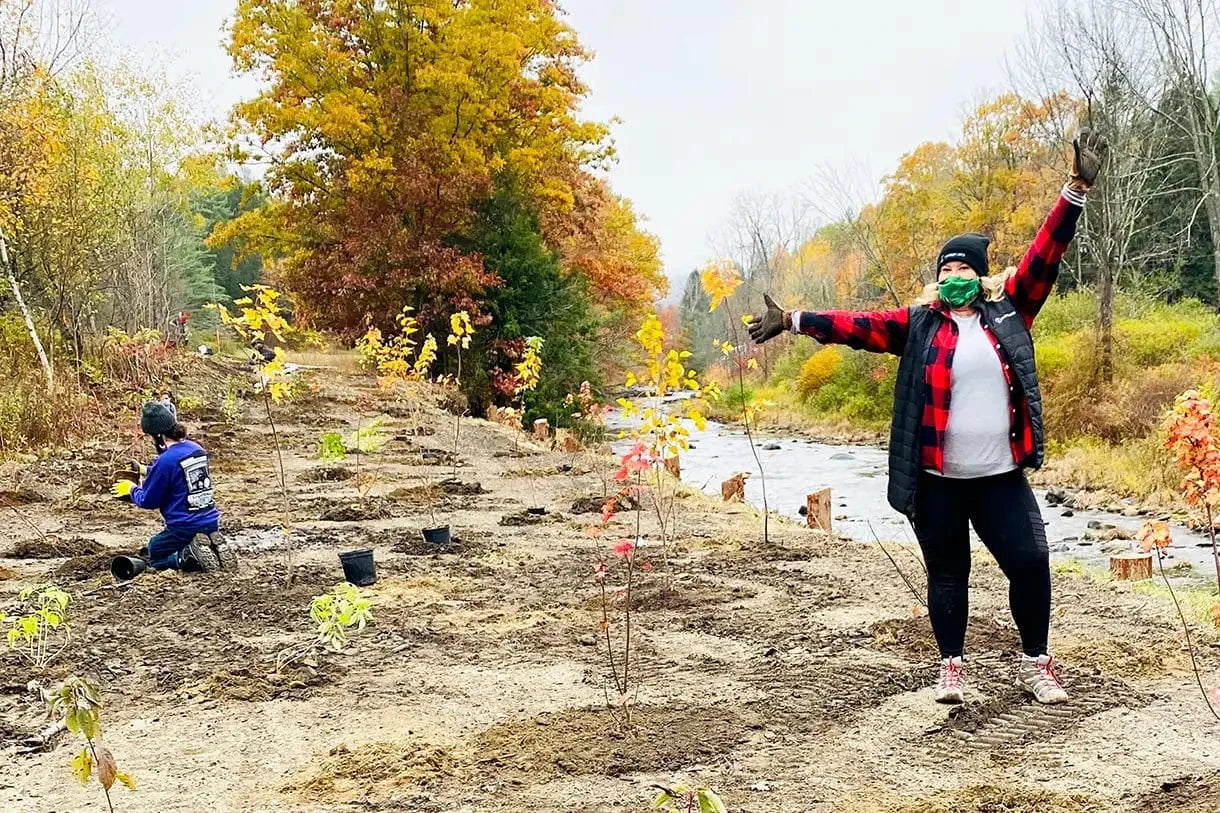
10. Volunteer Your Time
Whether you’re helping plant trees or giving baby squirrels much needed TLC, volunteering for an environmental organization or wildlife rescue is a great way to support biodiversity in your area. Bonus: giving back is also a guaranteed mood-booster! Contact your local environmental organization to learn about ways to get involved.
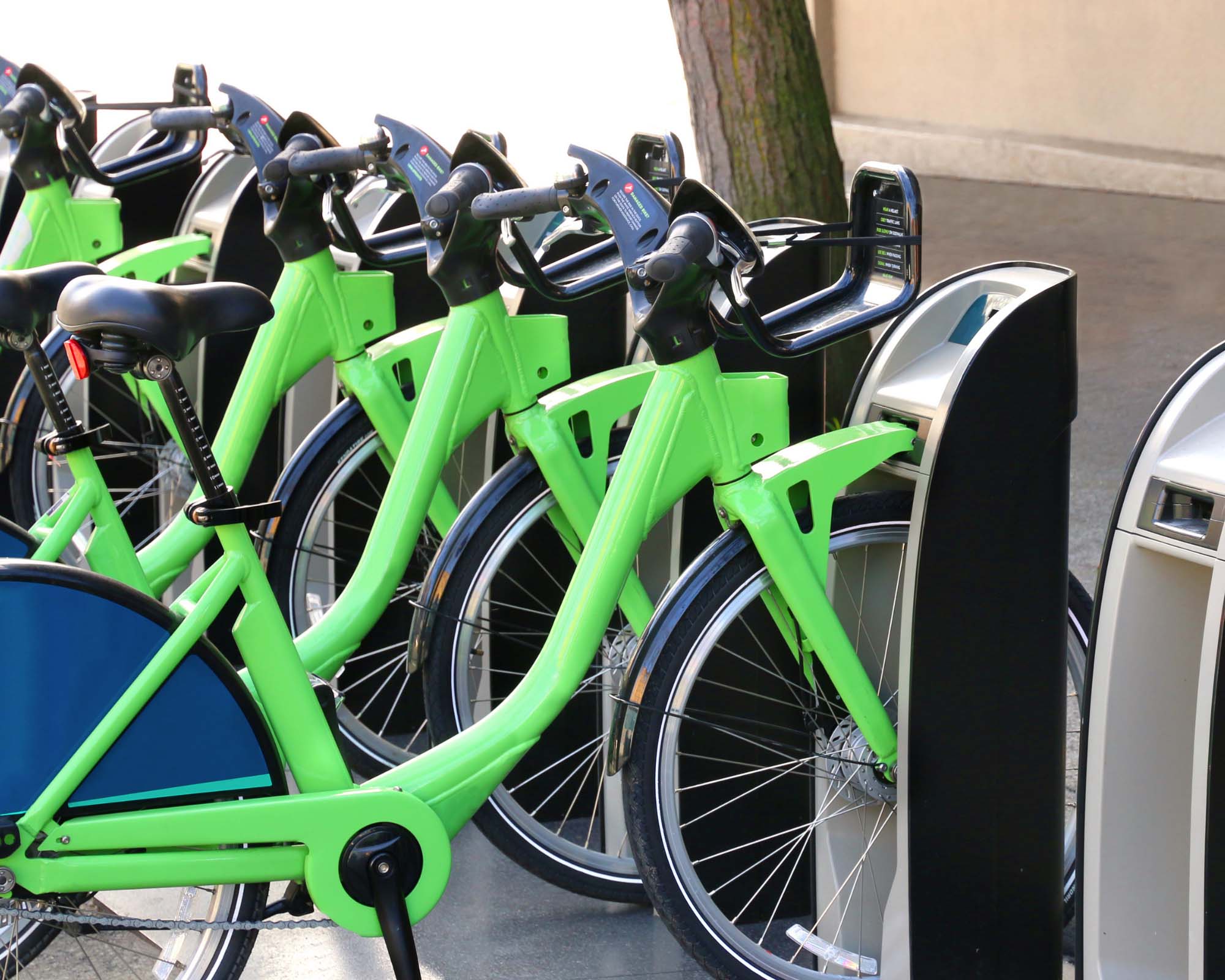
11. Reduce Your Carbon Emissions
If you tend to hop in a cab or drive your car down the street to the corner store, try challenging yourself to cut down those emissions!
Walking, biking or rollerblading are fantastic ways to reduce your carbon footprint, improve your personal health and save on gas money.
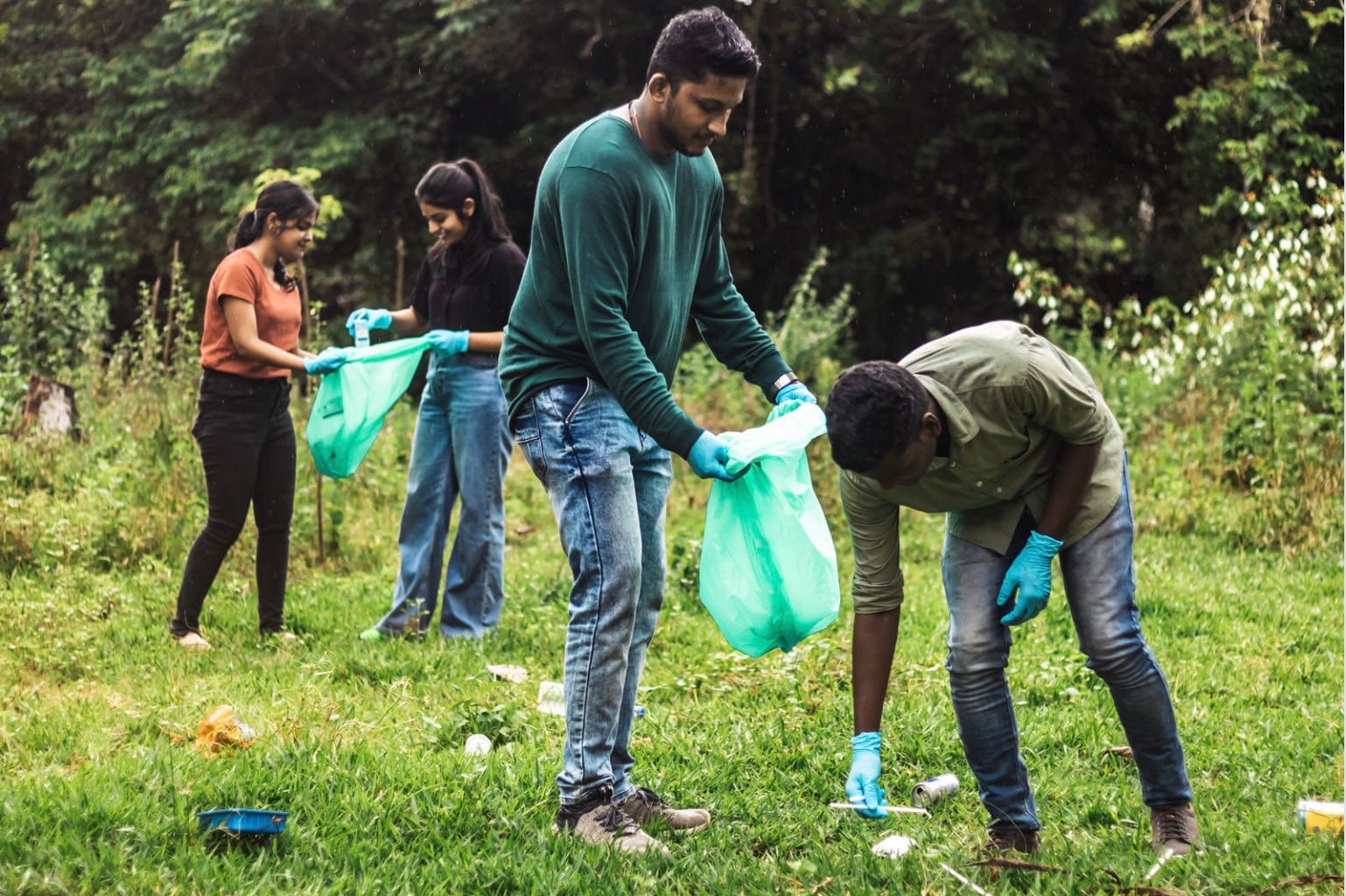
12. Step Up for Nature
Support local initiatives that work to protect threatened habitats and improve species richness. This can mean emailing your local political representatives, volunteering with local environmental organizations, or advocating for the protection of endangered plants and animals.
Remember, small steps really do add up over time. Want to make more of an impact? Support reforestation to benefit biodiversity around the world.
Get news, updates, & event Info delivered right to your inbox:
Related Posts
9 Sustainable New Years Resolutions
18/12/2025 by Meaghan Weeden
Inspirational Quotes About Trees
16/12/2025 by Meaghan Weeden
The 9 Oldest, Tallest, and Biggest Trees in the World
11/12/2025 by One Tree Planted
Popular On One Tree Planted
Inspirational Quotes About Trees
16/12/2025 by Meaghan Weeden
The 9 Oldest, Tallest, and Biggest Trees in the World
11/12/2025 by One Tree Planted
What Causes Deforestation?
10/07/2025 by Meaghan Weeden
Fundraising Disclosures

Be Part of the
Restoration Movement
The Grove is more than just a monthly giving program: it's a vibrant community of individuals who are dedicated to reforestation and environmental restoration on a global scale.
As a member of The Grove, you affirm your commitment to restoring forests, nurturing biodiversity, and fostering positive global change.



